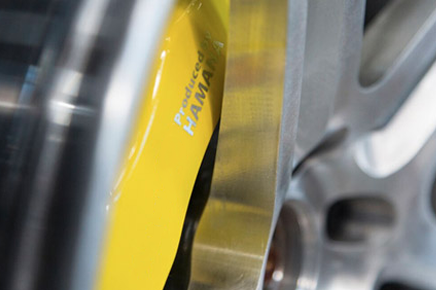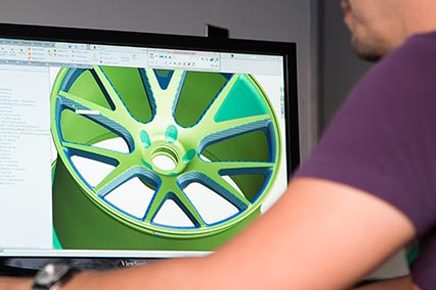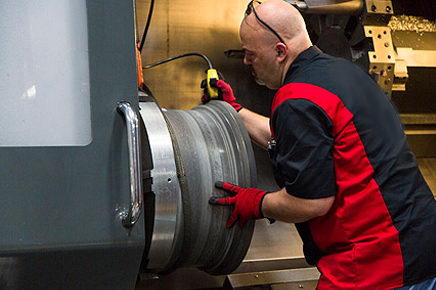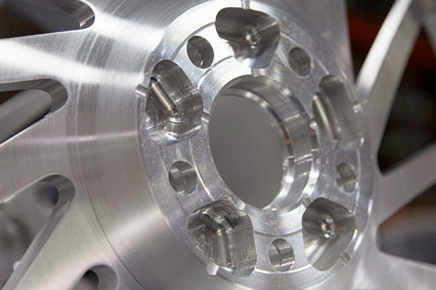Design
Many forged wheel manufacturers use the simplest and most common processing techniques to increase production. It will not damage its unique and complex characteristics to facilitate manufacturing.

Many forged wheel manufacturers use the simplest and most common processing techniques to increase production. It will not damage its unique and complex characteristics to facilitate manufacturing.

The design process starts with determining the final goal. The gap between our product line and the market helps to guide the direction of new design. We try to look at the missing content and fill in the gaps from there, usually starting with a 3D model.

It embodies simple, elegant and pure design. Without the highest accuracy in the whole manufacturing process, a seamless and unimpeded transition from wheel surface to barrel is impossible.

Each car brand and model has different parameters, clearances and different overall aesthetics. Using our extensive measurement process and vehicle customization engineering, the wheels are specially optimized for each vehicle to maximize the concavity and improve the overall fit.

Accurate assembly can be achieved by measuring more than 100 different data points around the car. These measurements resulted in CAD models being tested using finite element analysis (FEA) to ensure SAE and TUV compliance while maximizing concavity. Each wheel is specially manufactured for each vehicle brand and model.

Each wheel design is physically tested and meets SAE and TUV standards. Using finite element analysis (FEA) software, each wheel has been subjected to vehicle specific simulated cornering, radial and impact tests.

Collect more than 100 measurements from each vehicle, including weight grade and distribution, to determine the minimum material requirements for each wheel. The unique center drop, hub and mounting surface diameter are vehicle specific bolt styles to further reduce weight.

The vehicle customization project ensures the best style and performance of your vehicle. Each wheel is carefully designed and the final fit is achieved by considering the maximum width, offset and concavity allowed by the vehicle size.

Forged wheels adopt a manufacturing process aimed at achieving the most uncompromising forged wheel design and quality standards. In order to produce the most precise wheels in the industry, a proprietary eight step processing technology has been developed.

To make the best wheels in the industry, you only need the best raw materials made in California. The wheel is made of aviation grade 6061-T6 aluminum and forged into a proprietary forging design. These integral forgings are heat treated to obtain additional integrity, and their quality is equivalent to and sometimes higher than the raw materials used by the world's top OEM automobile manufacturers.

After the design is completed, the CAD model of each wheel is programmed for machining with computer-aided manufacturing software (CAM). This program or G code is developed using cam to guide the tool path of each machine while ensuring that the final wheel accurately matches the expectations of the engineering CAD model.

The second step in manufacturing forged wheels is lathe turning. The original forging is lathe turned internally, then turned 180 degrees and turned externally to form a rough outline of the final wheel. In this step, more than 70% of the original material is removed.

In this production stage, the design of the hub is shown, and the CNC machine achieves the highest accuracy by removing only 0.02 inch of material at a time.

After the end face design is completed, rotate the grinding wheel 180 degrees for additional milling. The reduced weight pocket is milled into the rear pad of the wheel to reduce the weight as much as possible.

The specifications of each wheel, such as serial number, vehicle application, size, offset and load rating, are engraved on the inner lip to mark each new wheel as a truly personalized product.